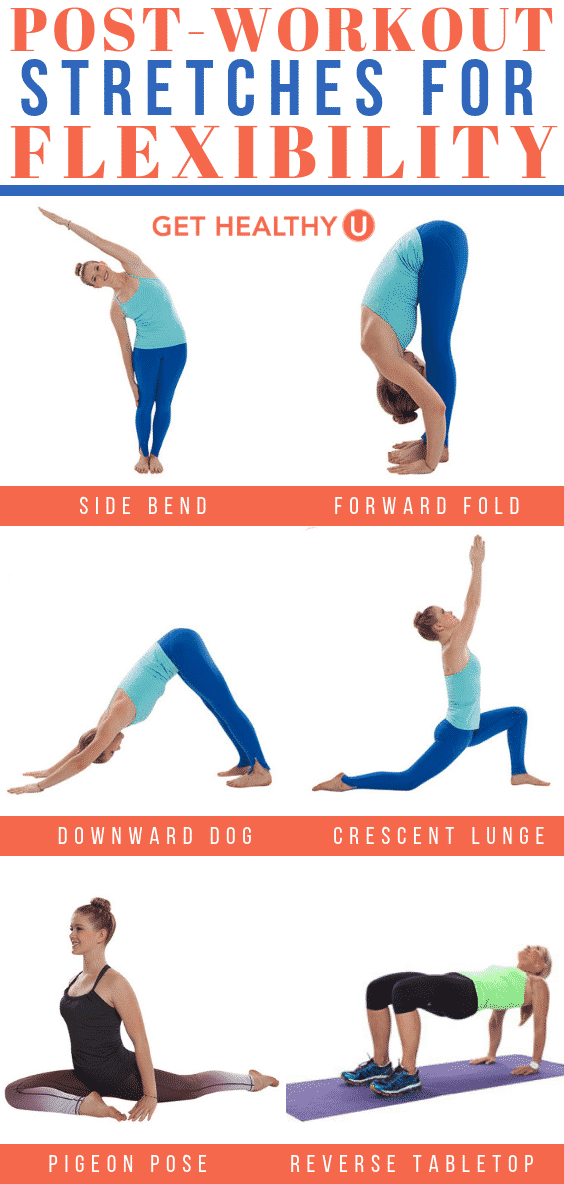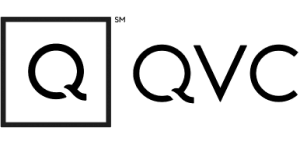This post contains affiliate links. Please see our disclosure policy.
Chances are you’ve heard the terms mobility and flexibility used interchangeably when discussing fitness.
And while mobility and flexibility are definitely cousins when it comes to the health of your body, they are quite different and should be treated that way during exercise.
The good news? Even though you may not realize it, you probably are doing some of both already!
Let’s discuss the difference between flexibility and mobility so you can take care of them at the right time and in the right way.
Plus, we’ve got flexibility and mobility stretches to build into your routine for improved range of motion. Read on.
Use the links below to quickly navigate this guide:
- Mobility and Flexibility: What’s The Difference
- Mobility Exercises To Do Pre-Workout
- Flexibility Stretches To Do After a Workout
Mobility and Flexibility: What’s The Difference?
It’s true that flexibility and mobility are related, but keep in mind they play different roles in your body. That’s why it’s important to address them in different ways.
Flexibility refers to the ability of your muscles to lengthen or stretch. For instance, if your hamstrings are so tight you have trouble reaching the floor, then you have poor flexibility in your hamstrings.
Flexibility training should include holding deep stretches (think yoga) for 30-60 seconds at a time and should be done AFTER a workout or when your muscles are warmed up.
Mobility, on the other hand, is a more all-encompassing term that refers to your range of motion. Range of motion comes from your joint, joint capsules and muscle working as a unit.
For instance, you might be unable to get down into a deep squat because the mobility in your hip joints is poor. That would include tight hip muscles and inflexible hip joints.
Mobility training should be done BEFORE a workout using large, range of motion activities.
So why do you need to know this? Because both flexibility and mobility are key to getting a proper workout.
If your flexibility is limited, you are more likely to get injured or experience soreness. For example, if you have tight hamstrings when you start your workout, you are more likely to pull your hamstring or perhaps even experience a small tear.
On the other hand, if your mobility is limited, you won’t be able to get a full range of motion during exercise, which will limit your ability to perform.
For example, if you have limited mobility in your hips, your lunges will not go as low as they should, meaning you’ll gain less strength and burn fewer calories along the way.
Or if you are a runner, you won’t get the stride needed for a good run.
Remember that mobility is best used as a pre-workout activity to warm the body, activate the muscles, and loosen the joints and connective tissue.
Related: How To Regain Flexibility Over 50
Here is a great set of mobility exercises that will get you there from head to toe.
Mobility Exercises To Do Pre-Workout
Arm Circles and Figure 8’s: Begin with arm circles to warm up the shoulder joint. Your shoulder is a ball and socket joint and full of vulnerable soft tissue that is easily injured. Arm circles and figure 8’s take your shoulders through big range of motion to prepare them for weights, push-ups and chaturangas.
Start with small circles in a forward motion and slowly make the circles bigger and bigger. Do 12-15 circles total. Then do the same thing in reverse.
Take one arm reach behind the back close to your body, circle it around and over to the front of your body in a figure 8 motion. Perform 8-10 figure 8’s per arm.
Hip Circles: The hip joint comes next. Prepare for squats, lunges, cycling, running and all other lower body movement by opening up this ball and socket joint.
Stand tall with feet hip width apart and pull your lower abs in. Lift right knee up and draw a circle out, down and around. Switch to left leg. Perform 6-8 per leg alternating back and forth. Then reverse the direction of the circles and repeat.
Inch Worms: Inchworm is a favorite at Get Healthy U. This is a full body “wake up call” for exercise. This mobility move warms up your entire spine, hamstrings, hip flexors, chest and so much more! Inchworm is a must for everyone!
Stand tall and gently roll down until your hands reach the floor, keeping abs tight. Walk your hands out into a plank position. Lift your chest up and gently place the front of your hips on the ground for a brief moment. Then return to plank and walk hands back to your feet. Roll up to standing slowly then repeat.
Plank Twists: A plank twist is a must-do in preparation for almost any exercise. It opens up your hip flexors which is generally a very tight spot for most people. In addition, you get a nice, gentle active stretch to your lower back, chest and anterior deltoid (shoulder).
Start in a plank position. Step your right foot to the outside of your right hand. Twist right hand open and look up. Release and step back to plank. Repeat on the left.
Butt Kickers: Butt kickers are a great way to activate the quads: the large muscle in the front of your legs. It also gets your heart rate up and warms the muscles for more movement.
With feet hip-width apart, lean slightly forward and start running, bringing your heels to your butt. Pump your arms to help you move harder.
Knee Lifts: Knee lifts activate the hamstrings and glutes as well as warming the whole body with a lift of the heart rate.
Stand tall with arms reaching straight up overhead. Lift knees one at a time in front of the body as you pull your arms down toward the lifting knee.
Once you’ve gone through this entire routine, you are ready for your workout!
No matter what your exercise of choice is, you’ll notice how much better you feel as you begin to move post-mobility prep!
Then once your workout is over and your body is warm, it is time to tackle your flexibility.
Flexibility Stretches To Do After A Workout
Flexibility training involves slow, long stretches. These should only be done when your body is warm such as a post-workout stretch sequence or a hot yoga format.
Here are some flexibility stretches that will open you up from top to bottom!
Hold each stretch for 30-60 seconds or about 10 slow breaths.
Standing Side Bend: It looks simple, and it is. But it is extremely effective and opening your lats, spine, hips and entire side body helping you return to good, tall posture.
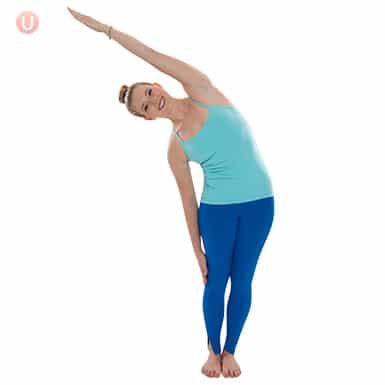
Standing tall reach both arms overhead, then slide your right hand down your side body while left arm reaches over your ear toward the opposite side. Be careful not to bend forward or back but stay sideways only and breath as you reach. Switch sides.
Forward Fold: Forward fold is a simple, basic stretch for your back and hamstrings. You can put your hands on a bench or block if reaching the ground seems impossible!

Stand tall and inhale as you reach overhead. As you exhale, slowly reach your hands down toward the ground or bench. Bend your knees as much as needed.
Downward Dog: Most yoga students will tell you this is the best yoga pose ever! No wonder dogs do it instinctively. It stretches your back, hamstrings, calves and ankles and feels amazing!
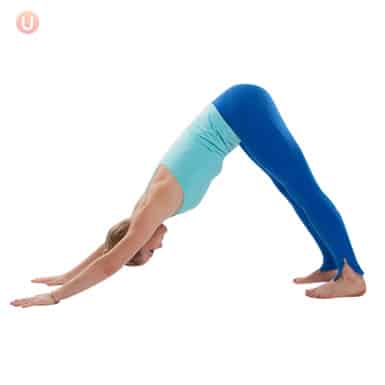
Start from the forward fold (above) and step back into a high plank. From the plank, lift your tailbone and press your chest back toward your thighs and heels toward the floor. Draw shoulders and upper back muscles down away from the head. Breathe.
Crescent Lunge on Knee: Crescent lunge on knee opens those tricky hip flexors as well as the front of your thigh and torso.
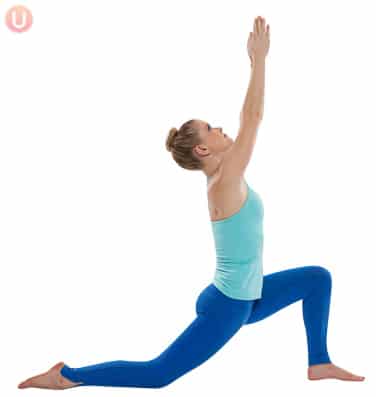
From the Downward Dog above, step right foot between hands and gently place left knee on the floor. Reach hands overhead as you gently press hip bones forward. Breath. Switch feet and repeat on left.
Pigeon Pose: Pigeon pose is exactly what you need after biking, running or any kind of workout. Hips get tight and pigeon is going to release the tension.

Start in the downward dog pose from above. Then sweep your right foot forward, bending the right knee and placing the outside of the lower leg down. Release your body weight into a sitting position, without actually putting your right glute on the ground. Breathe and relax. Push back to downward dog and switch sides.
Reverse Table Top: Reverse table top is an amazing stretch for your chest and anterior deltoid (shoulder). Avoid getting tight in the chest, which leads to hunchback.
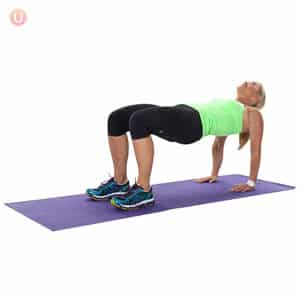
Pin for later!
